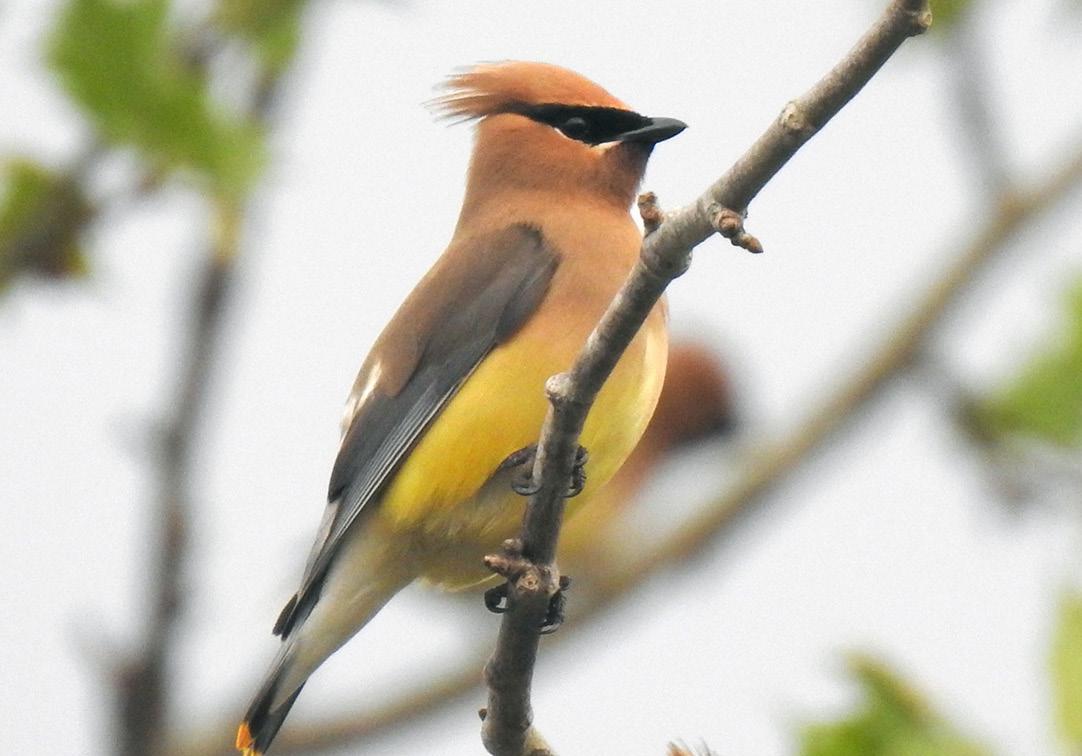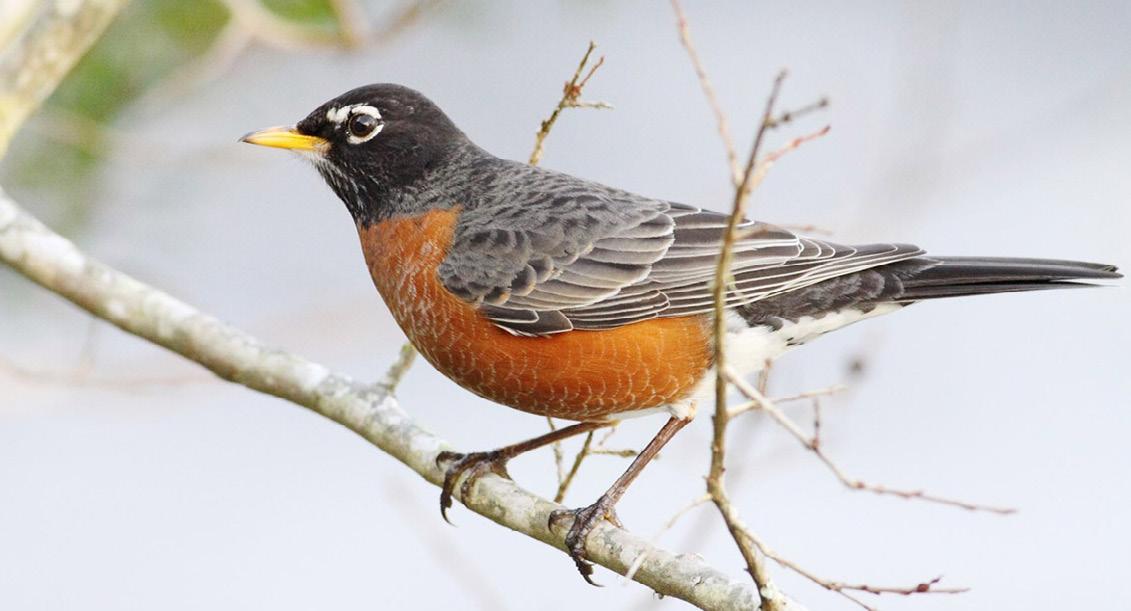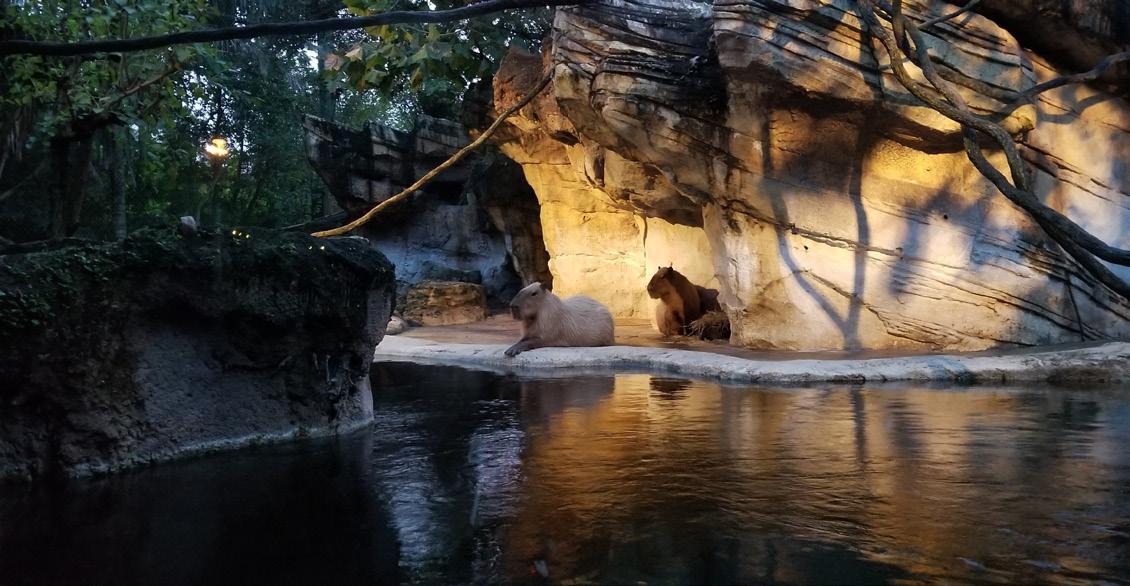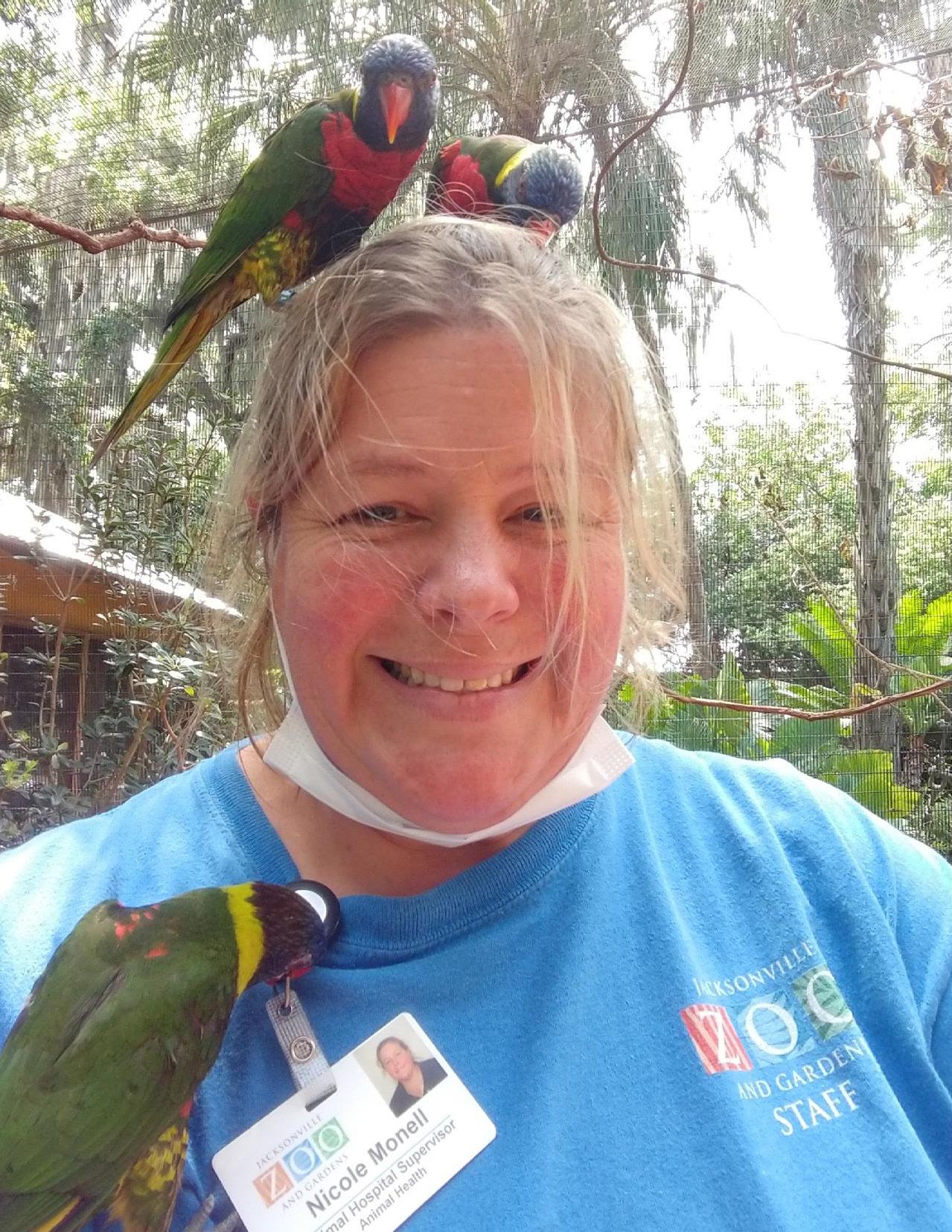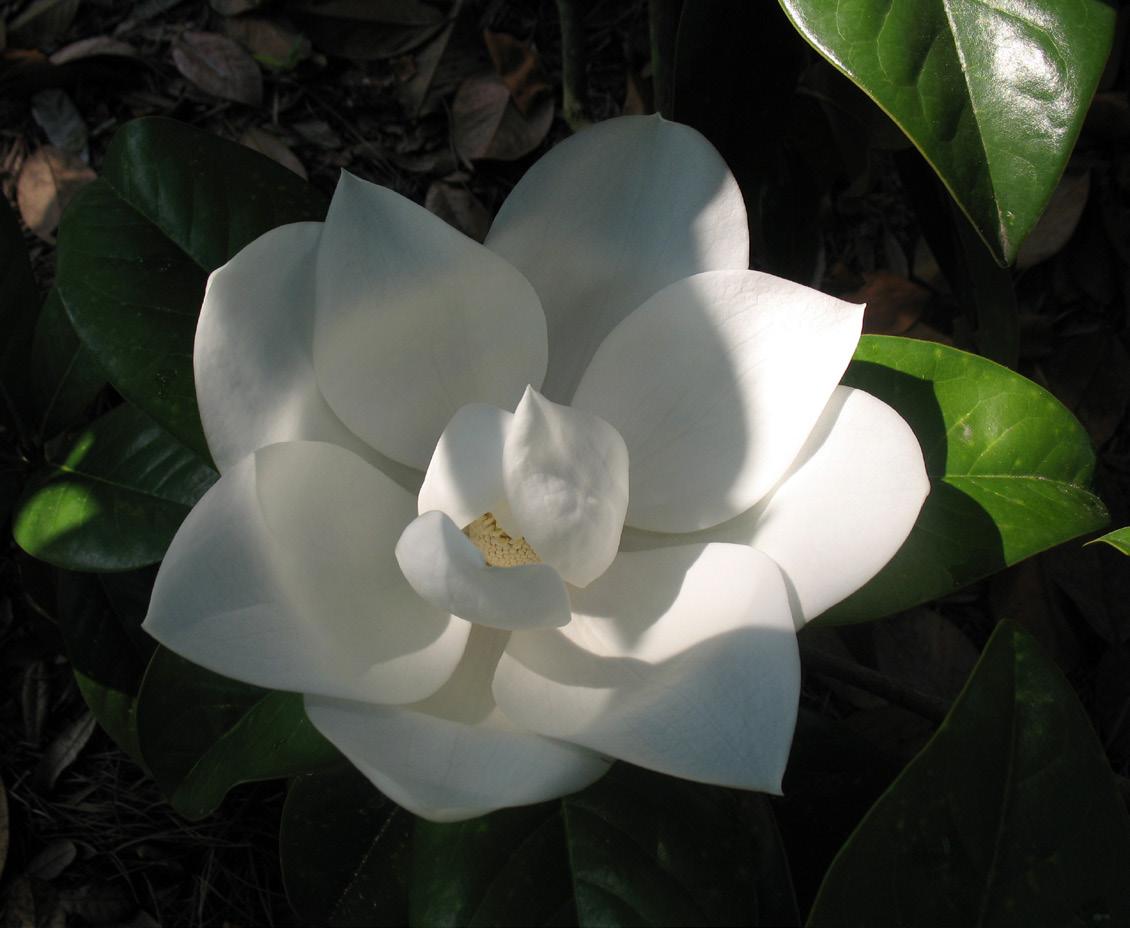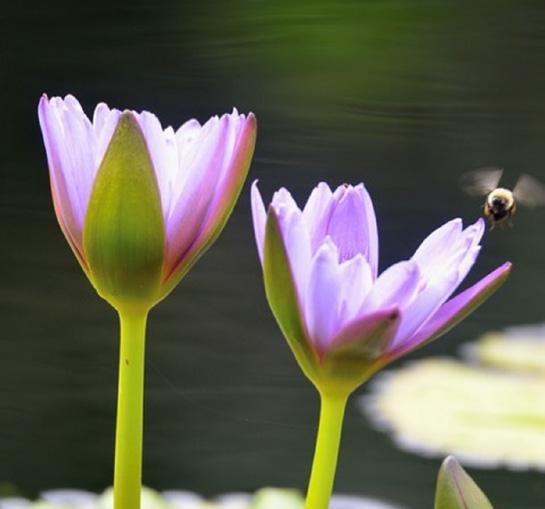
1 minute read
Conservation
CONSERVATION Lights Out for Birds
By Lucas Meers, Conservation Program Officer
Advertisement
Indigo Bunting
During some months of the year when we are peacefully asleep, billions of birds are flying overhead on their way to their nesting or wintering destinations. Northeast Florida is the second-largest bird migration region along the Atlantic Coast. Using the light from the moon and stars, birds fly north to their nesting grounds between February and May, and south to their wintering grounds between September and November. During these flights, these birds must endure several obstacles. A recent and increasing threat is the use of artificial light at night. These lights attract and confuse birds, throwing them off their natural migration path and causing collisions with buildings and windows. We want to raise awareness on how people and businesses in our community can prevent unintentionally disrupting birds along their migration routes, many of which are small, colorful songbirds. To help reduce our impact on these birds, Jacksonville Zoo and Gardens teamed up with the Duval Audubon Society and St. Johns County Audubon Society to launch Lights Out Northeast Florida. Our goal is to educate our passionate community about the effects these lights have on the birds we love so much and share ways we can help them along their migration twice a year.
Ideally our community would turn out all their lights at night, but we understand that is not always possible. Instead, here are alternative options you can take: • Turn off your lights during the darkest period of the night between 11 p.m. and 6 a.m. Direct your lights to point downward instead of upward Switch your outdoor lights to timed lights or motion sensing lights Switch to soft white lights, instead of bright white LED lights Encourage the businesses you frequent to take the same actions Visit JacksonvilleZoo.org/lights-out to learn how we can save our colorful migratory birds during the Spring migration in 2021. Help us in protecting these birds so they can continue to visit our bird feeders for years to come.
Cedar Waxwing
